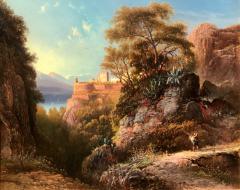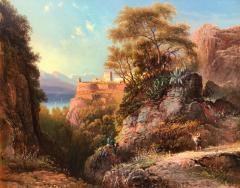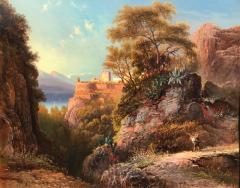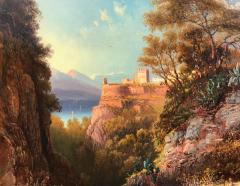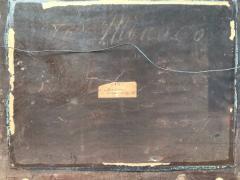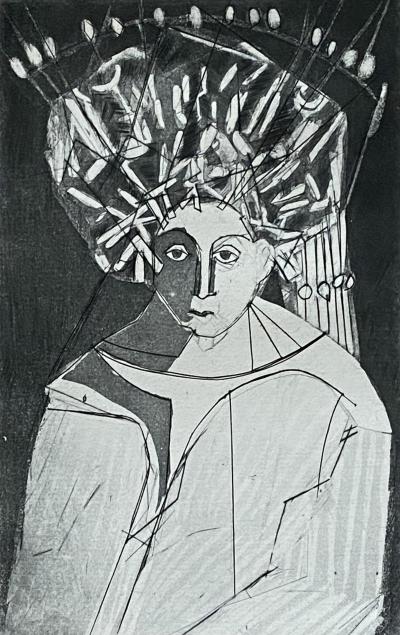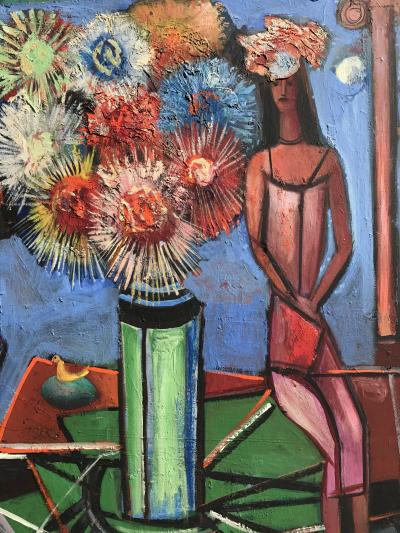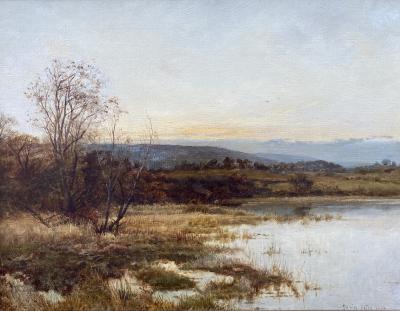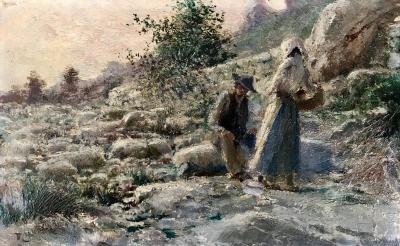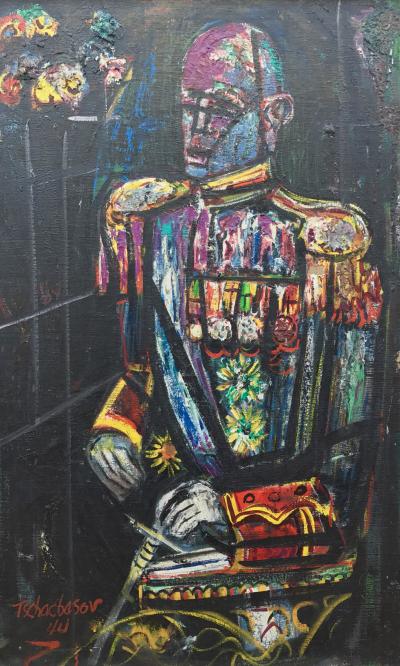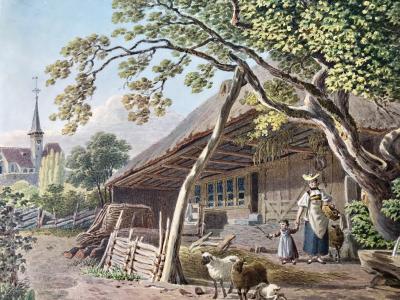Listings / Fine Art / Paintings / City Scene
“Monaco”
-
Description
Beautiful and historic oil painting on wooden panel of the Prince’s Palace in Monaco by the well known court painter, Pieter Francis Peters. Signed and dated 1862 lower left. Titled and signed on label verso. “Monaco” also written on the wooden panel. In very good condition, recently professionally cleaned with no restorations. Housed in a replacement reproduction of a period frame 20.5 by 24.5 inches overall.
The Prince's Palace of Monaco is the official residence of the Sovereign Prince of Monaco. Built in 1191 as a Genoese fortress, during its long and often dramatic history it has been bombarded and besieged by many foreign powers. Since the end of the 13th century, it has been the stronghold and home of the Grimaldi family who first captured it in 1297. The Grimaldi ruled the area first as feudal lords, and from the 17th century as sovereign princes, but their power was often derived from fragile agreements with their larger and stronger neighbours.
Thus while other European sovereigns were building luxurious, modern Renaissance and Baroque palaces, politics and common sense demanded that the palace of the Monegasque rulers be fortified. This unique requirement, at such a late stage in history, has made the palace at Monaco one of the most unusual in Europe. Indeed, when its fortifications were finally relaxed during the late 18th century, it was seized by the French and stripped of its treasures, and fell into decline, while the Grimaldi were exiled for over 20 years.
The Grimaldis' occupation of their palace is also unusual because, unlike other European ruling families, the absence of alternative palaces and land shortages have resulted in their use of the same residence for more than seven centuries. Thus, their fortunes and politics are directly reflected in the evolution of the palace. Whereas the Romanovs, Bourbons, and Habsburgs could, and frequently did, build completely new palaces, the most the Grimaldi could achieve when enjoying good fortune, or desirous of change, was to build a new tower or wing, or, as they did more frequently, rebuild an existing part of the palace. Thus, the Prince's Palace reflects the history not only of Monaco, but of the family which in 1997 celebrated 700 years of rule from the same palace.[1]
During the 19th and early 20th centuries, the palace and its owners became symbols of the slightly risqué glamour and decadence that were associated with Monte Carlo and the French Riviera. Glamour and theatricality became reality when the American film star Grace Kelly became a chatelaine of the palace in 1956. In the 21st century, the palace remains the residence of the current Prince of Monaco.
Pieter Franciscus Peters Jr. (7 June 1818, Nijmegen - 23 February 1903, Stuttgart) was a Dutch-born German landscape painter, graphic artist and art dealer.
His father was a well-known glass painter who gave him his only known art lessons. In 1841, he moved to Germany and, a year later, married Heinrike Gertrude Mali of Böblingen (died 1884), who came from a prominent family of Dutch-born painters. At first, they lived in Mannheim, but later moved to Stuttgart to join her brothers, Christian, Johannes [de] and Hubertus (1818–1839) after the death of their mother.
Once there, King William I allowed him to use a studio in the Old Castle and he became a travelling companion to Queen Olga.
He had three daughters, two of whom (Anna and Pietronella) also became painters. They received their first art lessons from him and their uncles.
Later he and the decorative artist, Hermann Herdtle [de], established the "Permanenten Kunstausstellung" (Permanent Art Exhibition) in Stuttgart which provided a way of exchanging ideas and works with painters in Munich.
Originally, he painted in a very strict Dutch Romantic style, but later turned more toward a type of atmospheric Impressionism.
From 1896 to 1903, he spent the summers with his family, working en plein aire at Schloss Köngen [de], a 13th century castle in Esslingen. Many of his works, and those of his daughters, may be seen at the Braith-Mali-Museum in Biberach an der Riß. artist, Hermann Herdtle [de], established the "Permanenten Kunstausstellung" (Permanent Art Exhibition) in Stuttgart which provided a way of exchanging ideas and works with painters in Munich.
Originally, he painted in a very strict Dutch Romantic style, but later turned more toward a type of atmospheric Impressionism.
From 1896 to 1903, he spent the summers with his family, working en plein aire at Schloss Köngen [de], a 13th century castle in Esslingen. Many of his works, and those of his daughters, may be seen at the Braith-Mali-Museum in Biberach an der Riß. - More Information
-
Dimensions
W. 19.75 in; H. 16 in; D. 2 in; W. 50.17 cm; H. 40.64 cm; D. 5.08 cm;
Message from Seller:
Arthur T. Kalaher Fine Art, located in Southampton, NY, offers a curated selection of traditional and contemporary works, including pieces by the Peconic Bay Impressionists and the estate of Nahum Tschacbasov. For inquiries, contact 631.204.0383 or visit arthurkalaherfineart.com.
Sold
















